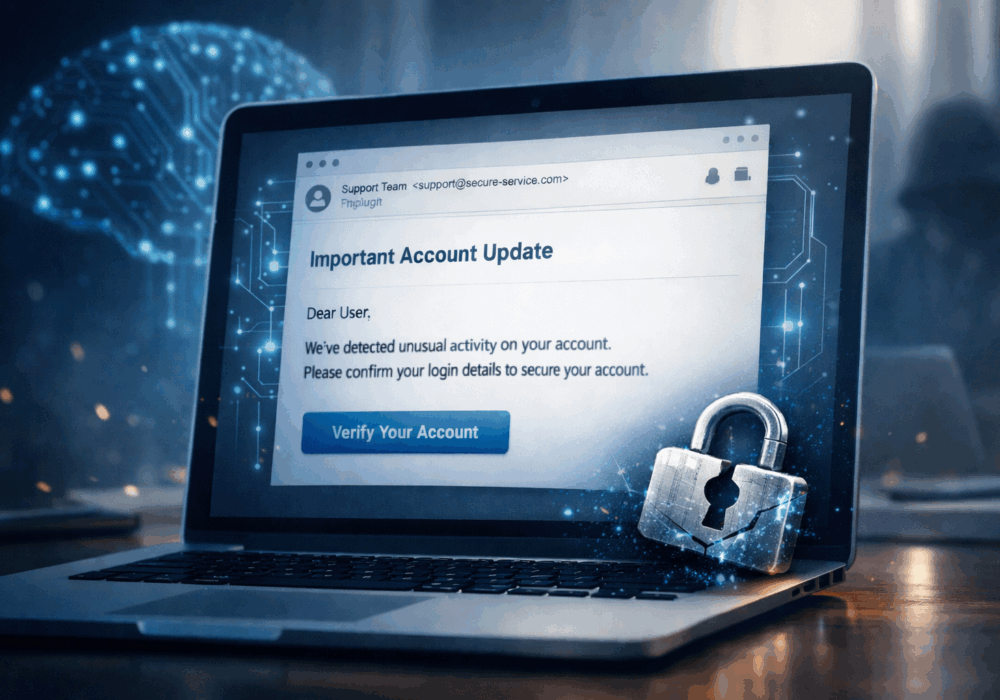Leakware, also known as Doxware, is a new more potent, and dangerous form of ransomware. When a ransomware Attack containing Leakware occurs, the attacker threatens to publicize personal data (confidentiality attack) from the victim’s hard drive unless the ransom is paid. This is in addition to the encryption of their files (availability attack).
For those who don’t know, ransomware is a type of malicious software designed to block access to a computer system, and more importantly, the critical data it contains until a sum of money or ransom is paid. Attackers ask for payment in bitcoin, making the payments largely untraceable by investigators. Bitcoin plays an important role in the growth of ransomware attacks because it shields hackers from being caught through the electronic payments they receive. This very anonymity led the US Treasury department to deem ransom payments illegal.
It is this payment anonymity that led the US Treasury department to make it illegal to pay a bitcoin ransom in the US as of Oct. 1st, 2020. Their argument is that you might be paying a terrorist organization which is 100% illegal.
Over the past year, this strain of ransomware has been becoming increasingly popular among hackers. One popular strain goes by the name of Maze Ransomware. Maze and other new strains represent a triple threat to a user’s data security. In addition to encrypting your files (an availability attack), These hackers also have access to your data and can change it (an Integrity attack). Importantly, for companies that refuse to pay their ransom, MAZE exports their data and releases it to the Internet jeopardizing your data’s confidentiality. CyberHoot predicted this will force companies to pay their bitcoin ransom despite being able to restore their data from backups. However, as noted earlier, paying such a ransom is illegal, putting companies in a no-win situation.
If you own a business, you need to be doing these things to protect your sensitive information:
Most of these recommendations are built into CyberHoot. With CyberHoot you can govern, train, assess, and test your employees. Visit CyberHoot.com and sign up for our services today. At the very least continue to learn by enrolling in our monthly Cybersecurity newsletters to stay on top of current cybersecurity updates.
Sources:
Additional Reading:
Related Terms:
Discover and share the latest cybersecurity trends, tips and best practices – alongside new threats to watch out for.

Phishing emails used to be easy to spot. Bad grammar. Weird links. Obvious scams. Those days are...
Read more
Cybercriminals always follow Internet eyeballs. Not literally, but figuratively. And today's eyeballs are...
Read more
Active Attacks on Messaging Apps The Cybersecurity and Infrastructure Security Agency (CISA) recently issued...
Read moreGet sharper eyes on human risks, with the positive approach that beats traditional phish testing.
